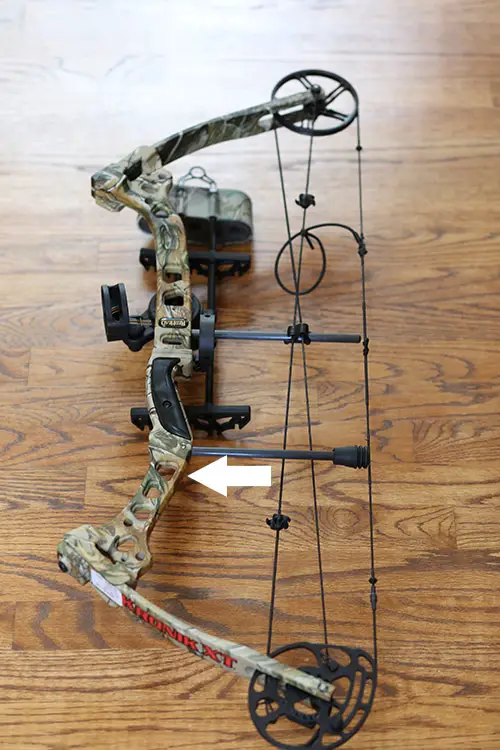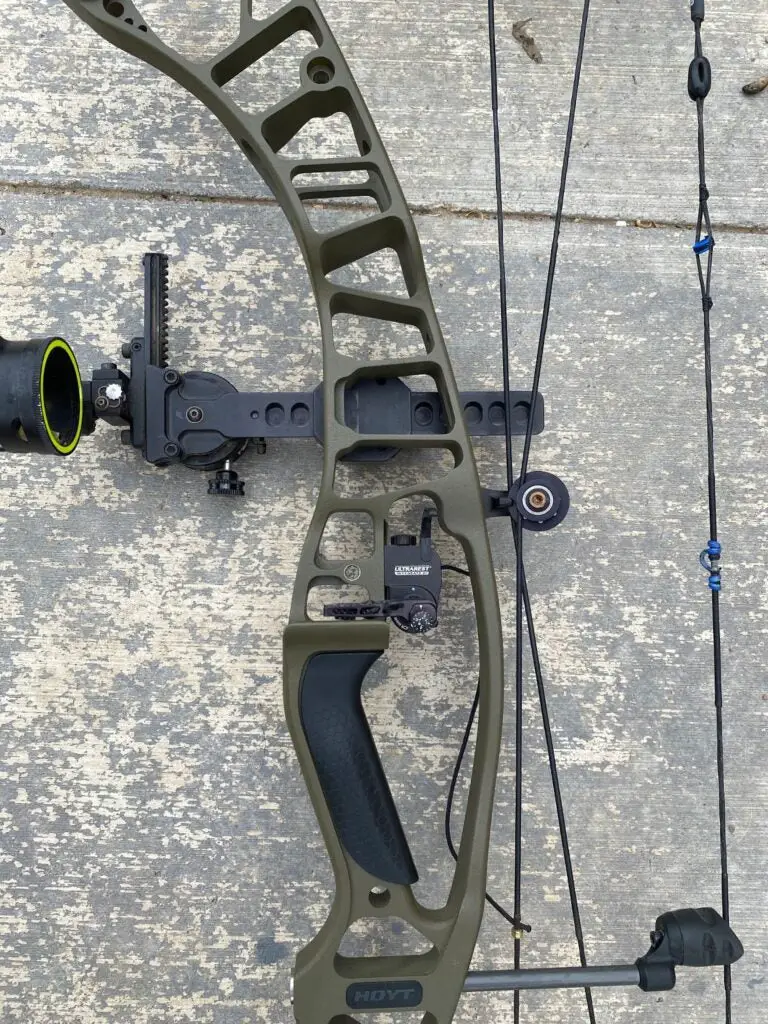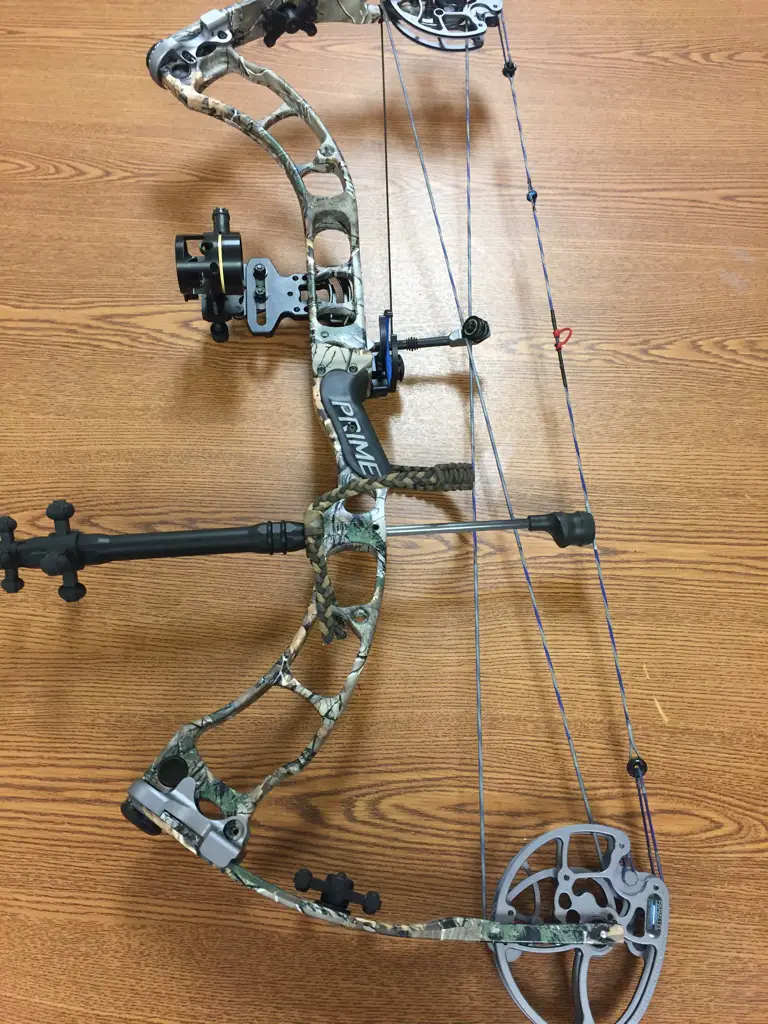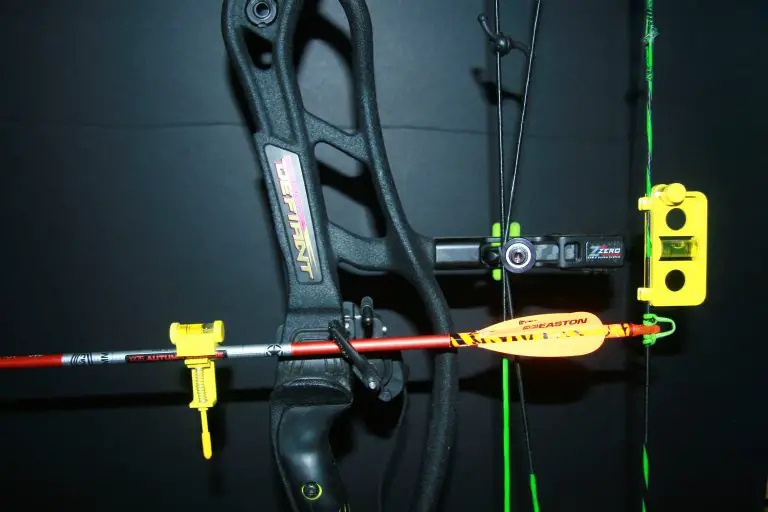What Is The Riser On A Bow
The riser is a crucial component of a compound bow, serving as the central part to which various accessories are attached. Made typically of aluminum or carbon, the riser provides the foundation for the limbs, sights, stabilizers, and other vital elements of the bow. It plays a pivotal role in maintaining stability and balance while also allowing for customization and adjustability. Without the riser, a compound bow would lack the versatility and functionality that archers rely on, making it an integral part of this innovative weapon.

What is a Compound Bow?
A compound bow is characterized by a system of cables, pulleys, and cams that assist the archer in holding a high poundage at full draw. Unlike traditional bows, where the draw weight increases as you pull back, compound bows reach a peak weight and then “let-off” to a lower holding weight, allowing the archer to take more time when aiming.
Key Components:
Limbs:
Unlike the straight limbs of a longbow or the curved limbs of a recurve, compound bow limbs are much stiffer, providing the power behind the arrow. The stiffness of the limbs allows for the storing and transfer of energy, resulting in a more powerful shot.
Cams:
Cams, also known as wheels or eccentrics, are the oval-shaped devices that rotate as the bow is drawn. They play a crucial role in increasing the mechanical advantage of the bow. The design and shape of the cams dictate the draw cycle’s feel and the bow’s overall performance. The cam system allows for a peak weight during the draw, which is then reduced to a lower holding weight, making it easier to hold the bow steady while aiming.
Cables & Strings:
Cables and strings are an integral part of the compound bow’s functioning. They transfer energy from the cams to the limbs and ultimately to the arrow during a shot. The cables and strings undergo tension and movement every time the bow is drawn and released, so it’s essential to regularly inspect them for wear and tear.
Riser:
The riser is the central part of the compound bow, usually made of aluminum or carbon. It is the foundation to which the limbs, cams, sight, stabilizers, arrow rest, and other accessories are attached. The riser’s design and material can significantly impact the bow’s performance, stability, and overall weight.

Advantages of Compound Bows:
Power & Speed:
One of the primary advantages of compound bows is their ability to generate immense power. The combination of the stiff limbs and the cam system allows for maximum energy transfer to the arrow, resulting in high-speed shots. This power is particularly beneficial for archers participating in hunting or competitive target archery, where speed is crucial.
Accuracy:
Compound bows offer a significant advantage when it comes to accuracy. The mechanical advantage provided by the cams and the reduced holding weight at full draw allows archers to hold their aim steady for longer periods, resulting in better precision. The high let-off provided by the compound bow also contributes to improved accuracy, as it reduces the fatigue associated with holding a heavy draw weight.
Compact Design:
The compact design of compound bows makes them more manageable in tight spaces. This is especially beneficial in hunting scenarios where archers may find themselves in confined spaces such as hunting blinds or tree stands. The shorter limb design allows for increased maneuverability without sacrificing power or accuracy.
Adjustability:
Many compound bows offer a range of adjustability, allowing archers to customize their bow to fit their specific needs. The draw length, draw weight, and let-off can often be adjusted, making it easier to find the perfect setup that suits individual preferences and shooting styles. This adjustability also allows for growth and progression, making compound bows suitable for archers of all skill levels.
Choosing the Right Compound Bow:
Purpose:
Before choosing a compound bow, it’s essential to determine your intended use. Are you planning to hunt big game, participate in target archery, or perhaps try your hand at bowfishing? Different purposes may require different specifications, so consider your specific needs and goals.
Draw Length:
Ensuring that the compound bow fits your personal draw length is crucial for both comfort and accuracy. A bow with an incorrect draw length can negatively affect your shooting form and overall performance. It’s recommended to visit a local archery shop where professionals can help determine your accurate draw length.
Draw Weight:
Start with a draw weight that you can comfortably and consistently pull back. It’s important to find a balance between a weight that provides sufficient power for your intended purpose and one that you can handle without straining or sacrificing proper shooting form. Remember, it’s always possible to increase the draw weight as you progress.
Let-off:
Let-off refers to the percentage of weight reduction when the bow is at full draw. A higher let-off allows you to hold the bow drawn for longer periods with less effort. This can be beneficial for those who require extra time to aim or for hunters who need to wait for the perfect shot opportunity. Consider your own shooting style and preferences when choosing the ideal let-off percentage.

Maintenance & Care:
Compound bows, with their intricate design, require regular maintenance to ensure optimal performance and longevity. It’s important to periodically inspect the strings, cables, and cams for any signs of wear or damage. If any issues are detected, it’s crucial to address them promptly to avoid potential accidents or decreased performance. Lubricating the moving parts, such as the cams and axles, is also recommended to minimize friction and ensure smooth operation. Additionally, professional tuning at an archery shop once a year can help fine-tune the bow’s performance and address any potential alignment or tuning issues.
A Word on Safety:
The power of a compound bow should never be underestimated. Always use arrows that are recommended for your specific bow’s draw weight. Using arrows that are too light or too heavy can cause an imbalance and potentially damage the bow or lead to accidents. It’s crucial to ensure that your shooting lane is clear and that you have a clear view of your target before releasing the arrow. Finally, always be aware of what lies beyond your target, as arrows can travel a significant distance and may pose a danger to people or property.

Conclusion:
The compound bow stands as a testament to the fusion of innovation and tradition in the world of archery. Since its invention in the 1960s, it has revolutionized the sport, offering archers a unique and thrilling experience. With its power, accuracy, compact design, and adjustability, the compound bow has become the preferred choice for many archers, whether they are seasoned veterans or just beginning their journey. By understanding the mechanics and advantages of compound bows, as well as the importance of proper maintenance and safety, archers can embark on a rewarding and successful archery journey.








